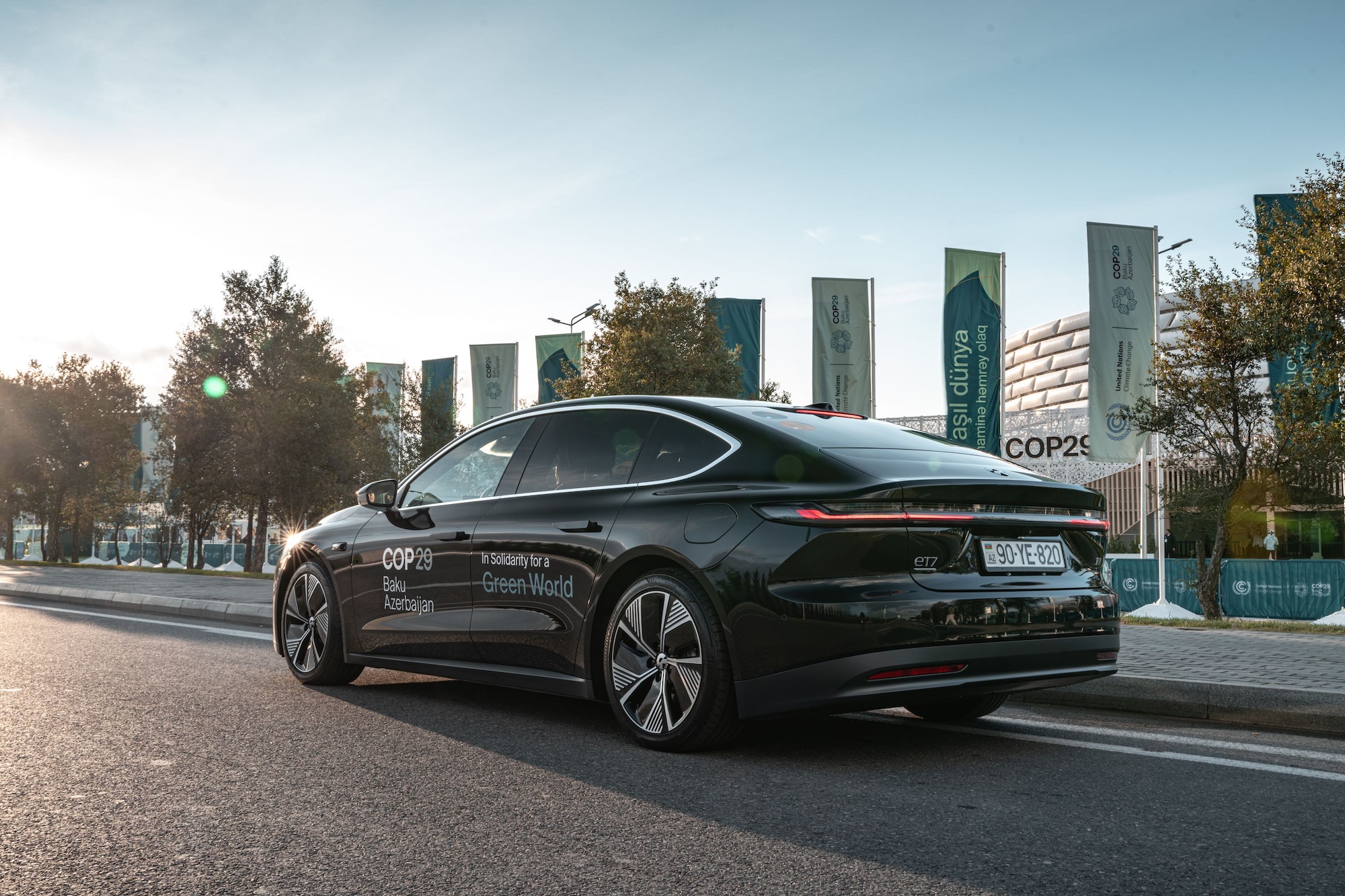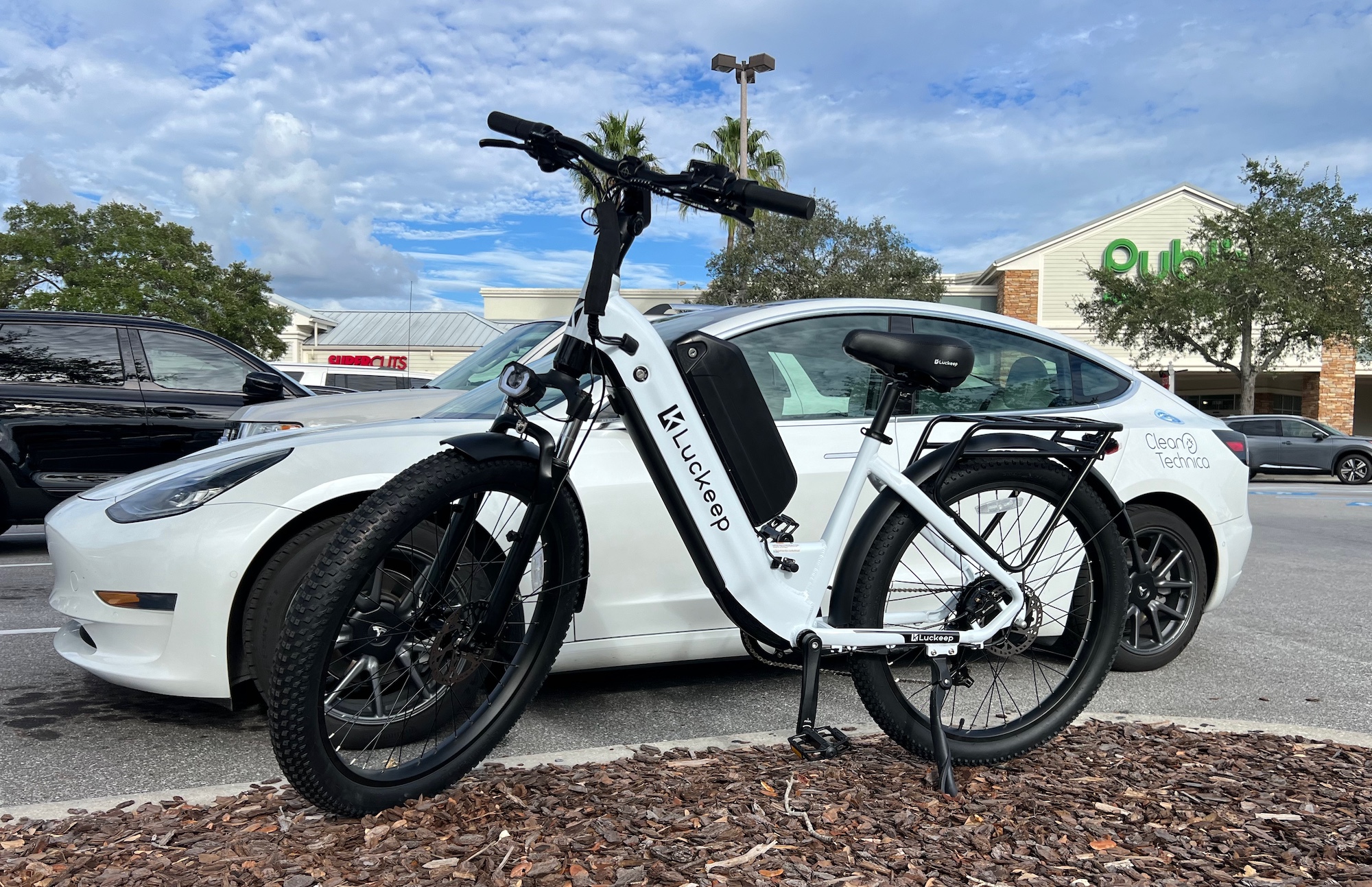Sign up for daily news updates from CleanTechnica on email. Or follow us on Google News!
In Part One of this story, we dealt with the uneasy relationship between virtual power plants and electric cars. In theory, EV batteries should be a godsend to the utility industry because they could leverage the thousands of GWh available in all those car batteries for less than the cost of installing grid-scale batteries. But there are significant hurdles to doing so, not the least of which is managing the complexity of getting all those cars to accept power from the grid when it is abundant and give some of it back later when the cost of power rises. A car, by definition, is a transportation device, not a grid enhancement, and therefore subject to uncertainty about where it will be at any given moment in time.
Virtual power plants have been touted as the wave of the future by many people, not the least of which is Elon Musk, who heavily promoted one in South Australia a few years ago that was a model for how the technology is supposed to work. According to a blog post last year by the government of South Australia, the program is working well and saving customers about 23 cents per kWh on their utility bills. It is being expanded to add residential batteries to homes that cannot take advantage of rooftop solar.
Green Mountain Power in Vermont is one of several utility companies that have adopted strategies to make virtual power plants a reality. It contributes significantly to the cost of buying and installing one or more residential storage batteries in exchange for being able to tap those batteries when needed to balance the grid or respond to a surge in demand. Therefore, it seems strange to see California, which for decades has been the leading champion of moving to a net zero economy, doing everything imaginable to interrupt the expansion of rooftop solar and virtual power plants.
At the end of 2023, the California Public Utilities Commission eviscerated the state’s rooftop solar industry when it slashed net metering rates. Part of the explanation given was that the CPUC wanted to incentivize people to add residential storage batteries to their homes. Another was that the whole net metering idea is unfair to low income customers who can’t afford rooftop solar in the first place. The CPUC implied lower net metering rates would encourage people to add residential storage batteries so they could generate their own solar power during the day and use it to power their homes at night.
Virtual Power Plants Require Policy Incentives
You might think having more residential storage batteries would chart a course toward more virtual power plants like the one in South Australia, but the CPUC put the kibosh on that idea this month when it slashed funding for two programs designed to help homeowners pay for residential storage batteries. According to Canary Media, in 2022 the state agreed to invest nearly $1 billion to finance small-scale batteries connected to local power grids and to reward utility customers who lower their power usage during grid emergencies. Those programs were known as Demand Side Grid Support (DSGS) and Distributed Electricity Backup Assets (DEBA).
But now the governor and state lawmakers want to slash hundreds of millions of dollars of funding for these cleaner alternatives in order to help close a gap in the state’s budget. “Given the critical importance of these programs for maintaining grid reliability to avoid dire energy shortages as well as for achieving our state’s climate goals, we urge you to protect the funding for the DSGS and DEBA programs,” supporters wrote in letter to state legislative leaders in May. “Investing in these programs is an investment in California’s clean energy future and our resilience against the growing threats of climate change.”
In the past year and a half, Canary Media says state regulators have slashed compensation for rooftop solar systems of customers served by the state’s three major utilities; reduced the value of storing that solar power in batteries to supply to the grid; undermined solar programs for schools, farms, and apartment buildings; and recently rejected a widely supported plan to boost community scale solar and battery systems, otherwise known as virtual power plants. Is this a reasonable and rational way to promote clean energy? Does any of this make sense in a state that has been leading the way forward on low emissions transportation?
Short-Sighted Policy Is Bad Policy
“Slashing funding for programs that prevent blackouts is beyond short-sighted — it’s a direct threat to our most vulnerable communities,” Edson Perez, of the clean energy industry trade group Advanced Energy United, said in a statement last week. “These two programs are our best shot at creating a resilient, clean energy grid. It would be wise for the Governor and legislative leaders to reverse these cuts before finalizing the budget on June 15.”
Many of these companies have invested money and time to pursue projects under these two programs, which were created in 2022 as part of a broader set of emergency measures proposed by Newsom and mandated by the passage of state law AB 205. “Cutting funds at this crucial juncture would not only disrupt these processes but also damage California’s reputation as a reliable partner for energy companies,” the letter said. State leaders have proposed backfilling the cuts with funding available from the state’s greenhouse gas cap-and-trade fund. But as the letter to legislators noted, a promise of future funding from uncertain sources “does not provide prospective participants with any confidence in the program’s future or the state’s commitment to clean distributed power.”
Rachel McMahon, vice president of policy for the trade group California Energy Storage Association, said “We’ve been working on this for almost two years now, trying to get a program in place. A lot of people are interested.” But without funding, a number of battery developers hoping to use the program to start installing batteries are unlikely to be able to continue, she said. Investors value certainty above all else. A policy whipsaw that changes abruptly for no apparent reason is a sure way to convince investors to keep their wallets in their pockets.
The situation is more uncertain for the DSGS program, which provides a pathway for companies to pay utility customers willing to reduce their electricity consumption — a tactic commonly known as demand response — or provide power from batteries or backup generators during times of grid stress. These combinations of load reduction and “behind-the-meter” generator and battery resources are commonly referred to as virtual power plants (VPPs), since they can largely mimic the grid-supporting capabilities of traditional power plants.
Cutting Incentives For Virtual Power Plants
This has made the DSGS program a key target for VPP developers in California, with $295 million budgeted for participants in 2022 and 2023. About 1,300 participants in DSGS funded programs were able to reduce peak load by about 315 megawatts and provide more than 3,100 megawatt-hours of emergency response during hot summer weather in the summer of 2022, according to the companies that signed on to the protest letter to state lawmakers. Those companies have planned to “provide much more emergency capacity in the summer of 2024.”
“This newly expanded and re-designed program was finally launching for a full summer in 2024,” Perez said. But the proposed budget cuts would eliminate $186.5 million in DSGS funding through this year and next, leaving only $75 million deferred to 2025 and 2026. That would “severely impact” participating companies’ efforts, since they “need to have predictability to invest in market development, customer onboarding, and program setup,” the letter stated.
The potential for virtual power plants in California is particularly strong, given the state’s preponderance of homes equipped with rooftop solar, backup batteries, smart thermostats, and electric vehicle chargers. In an April report, Brattle Group projected that VPPs could enable $550 million per year in consumer savings in California and provide in excess of 15 percent of the state’s peak grid demand by 2035 according to industry advocates.
Propping Up Fossil Fuels
Remember that $1 billion in funding the state promised two years ago to promote clean energy? The other part of the story is that at the same time, California pledged $5 billion to extend the lifespan of its fossil fuel plants. The state has already spent about $426 million from those emergency programs to build or procure “emergency and temporary” power generators that burn fossil gas or diesel fuel, according to a May report from the state Department of Water Resources, which administers that program.
Another $1.3 billion in funding has been promised to companies that own and operate aging fossil-gas-fired “peaker” power plants in Southern California that were slated to be closed in 2020 under environmental regulations. Those plants are a particularly egregious target for state funding, environmental advocates said, given that they burden surrounding communities with harmful air pollution and are unprofitable to operate in the absence of state subsidies.
What’s more, these power plants take days to ramp up in advance of predicted grid emergencies and are much more expensive than the capacity that can be enlisted through the DSGS program, in which customers that can almost instantaneously reduce power use or commit battery power to helping the grid, Perez said. The proposed cuts to DSGS and DEBA aren’t the only state funds for cleaner alternatives that might fail to materialize. Part of the emergency plan laid out in 2022 called for directing $900 million to incentives to fund battery installations in lower-income and disadvantaged communities. But only $280 million of that has been set aside in the current state budget.
“To maintain commitments to fossil fuel resources and cut back on deployment of new resources — clean resources that could be used for emergencies — is short-term thinking and just seems kind of backwards,” said Ed Smeloff, managing director of the regulatory team at nonprofit group Vote Solar. “It’s important to have strategic reserves for the future, because we are going to have extreme weather events. That’s a fact of life. But those reserves should be compatible with the state’s clean energy policies.”=
Relying on large-scale batteries may not be the most cost effective path forward for California. A 2020 report from Lawrence Berkeley National Laboratory found that smarter utilization of demand side resources could replace the need for billions of dollars’ worth of batteries and other utility-scale resources. At the same time, California residents are being encouraged by state clean energy and climate policies to buy electric appliances, heat pumps, and EVs as rising electric rates make them more costly to operate. Finding a way for those customers to earn money for programming those devices to relieve grid peaks is a vital counterbalance to the higher electric bills they’ll face as they electrify.
State leaders seem to believe that grid emergencies this year will not be as dire as they were in 2020 and 2022. Last month, CAISO, the California grid operator, said the state has a surplus of resources to meet expected peak grid demands this summer. Rachel McMahon of the California Energy Storage Association asks, “We had a mild summer last year, but what happens the year after that if we haven’t planned for it?” That seems like an excellent question, one that California regulators have no ready answer to.
The Takeaway
In an email, Jock Gill, a Green Mountain Power customer who told me about the community solar program in Peacham, Vermont, last year, excoriated the actions of the CPUC. In particular, he challenged the notion that rooftop solar and virtual power plants place undue burdens on low income utility customers.
“What the cost shifting fallacy fails to account for accurately is the many high value benefits generated by private capital invested in renewables — things like significant health benefits, grid benefits, energy security benefits, and energy resilience benefits. These should be encouraged and applauded, not discouraged and demonized by false popularism. The cost shifting argument also fails to measure the costs imposed by non participation in local renewables.”
He quotes Roger Lin, an attorney for the Center for Biological Diversity, who says the CPUC’s decisions on solar incentives show that utilities are winning efforts to push back against all solar installations. If the state’s utilities “were serious about equity,” Lin said, they would be supporting incentives for low income people and disadvantaged communities to convert homes to solar and establish community solar cooperatives, “not decimat[ing] those options for the sake of maintaining profit margins, which is what the Commission has allowed to happen. Again.”
The commission said its plan would keep the state’s rising utility rates in check while still creating ways for Californians to access community solar. In its recent decisions to cut incentives for smaller solar projects, commissioners have said they aim to avoid a “cost shift” that leaves non-solar customers paying for incentive programs and grid maintenance. “Why are we protecting the profits of distant and remote investors rather than the energy security and health of our local residents?” he asks. “We seem to be stuck in the neoliberal distortion field, which has brought us our present climate situation.”
Why, indeed. There is more than a whiff here or protecting investors rather than the citizens of California. For a state that trumpets its clean energy and clean transportation goals, the recent actions by the CPUC are inexplicable and have a heavy aroma of back room deals that benefit major corporation at the expense of the people. Perhaps it has always been thus, but there may be a point at which the people tire of being slapped around by corporations and their elected representatives.
Have a tip for CleanTechnica? Want to advertise? Want to suggest a guest for our CleanTech Talk podcast? Contact us here.
Latest CleanTechnica.TV Videos
CleanTechnica uses affiliate links. See our policy here.





